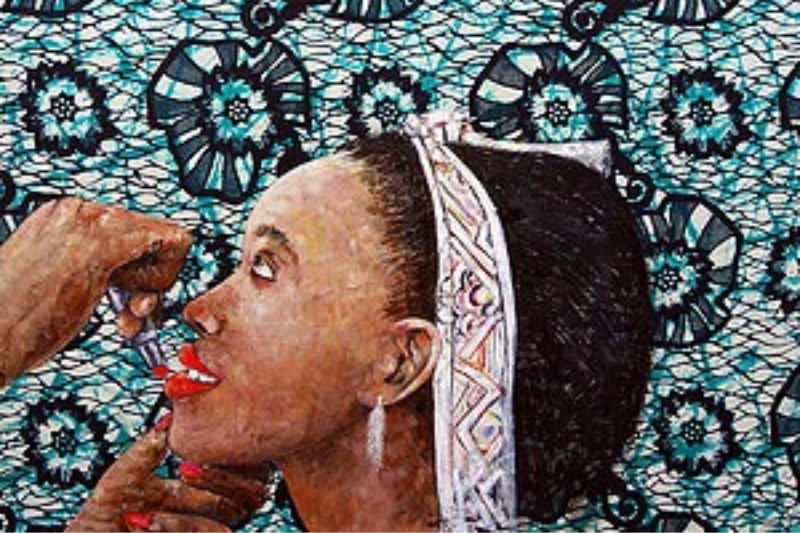Africa’s Artistic Renaissance: A Glimpse at Uganda’s Growing Art Scene
In the 1990s, Uganda’s art landscape was sparse, with only one commercial art gallery in the capital, Kampala. However, today’s thriving art scene boasts six galleries, opening doors for local artists like Lilian Nabulime. Her recent solo exhibition, displaying unconventional terracotta sculptures reflecting urban gossip, signifies the expanding space for previously marginalized artists.
Empowering Ugandan Artists: Curatorial Support and Growth
Nabulime’s exhibit, ending on December 20th, symbolizes a broader shift, embracing artists like her and signaling an exciting period for Ugandan art. This momentum resonates across Africa, fueling both creative innovation and the increasing visibility of African artists globally.
Global Recognition and Art Market Growth
The Hiscox Artist Top 100 study revealed Ivorian painter Aboudia as the world’s top-selling artist in 2022, outperforming Damien Hirst. November witnessed Ethiopian-born Julie Mehretu’s artwork setting a record for African artists, selling at auction for $10.7 million. Ambitious curators from Africa, accredited at esteemed events like Art Basel, contribute to this upward trajectory.
Curators as Catalysts for Artistic Exposure
As gallerists multiply in Kampala, Nabulime emphasizes the necessity of more curators to showcase diverse talents. Daudi Karungi, founder of Afriart Gallery, stresses the role of global exposure for artists, fostering training programs, and facilitating international exhibitions to elevate Ugandan artists’ visibility.
Keep Reading
Alternative Platforms and Artistic Renaissance in Uganda
Alternative venues like a defunct banking hall in Masaka have incubated artistic communities, propelling unknown talents like Godwin Champs Namuyimba, whose works command high prices in European auctions despite local obscurity. Nairobi’s art auctions, particularly Circle Art Gallery, have revived undervalued artists like Geoffrey Mukasa, redefining their worth posthumously.
Art Education and Intellectual Engagement
Makerere University’s renowned art school in Uganda acts as a pivotal educational hub, stimulating intellectual discourse within Kampala’s art scene and distinguishing it from Nairobi’s environment. However, despite growing recognition, Uganda’s art collection remains reliant on a small collecting class, primarily comprising young locals and expatriates.
Challenges in the Ugandan Art Market
Sales remain a challenge for gallerists, who rely heavily on outside collectors. This frustration contrasts with the optimism of curators and advocates for art as a viable investment in Uganda. Initiatives like the Contemporary Art Society of Uganda aim to expand art collections locally, encouraging Ugandans to invest in homegrown artistic talent.
Preserving Cultural Heritage: The Role of Collectors
Linda Mutesi, a Ugandan attorney and art collector, spearheaded the Contemporary Art Society of Uganda, emphasizing the need for local collectors to preserve Africa’s cultural heritage. Recognizing the historical trend of expatriates acquiring African art, the society aims to empower Africans to retain their artistic legacy.
Safeguarding Africa’s Artistic Legacy
Mutesi emphasizes the importance of viewing art collections as a preservation effort, preventing the depletion of Africa’s intellectual property. The society encourages Africans to actively collect and safeguard their art, recognizing its intrinsic value and preventing its loss from the continent.

